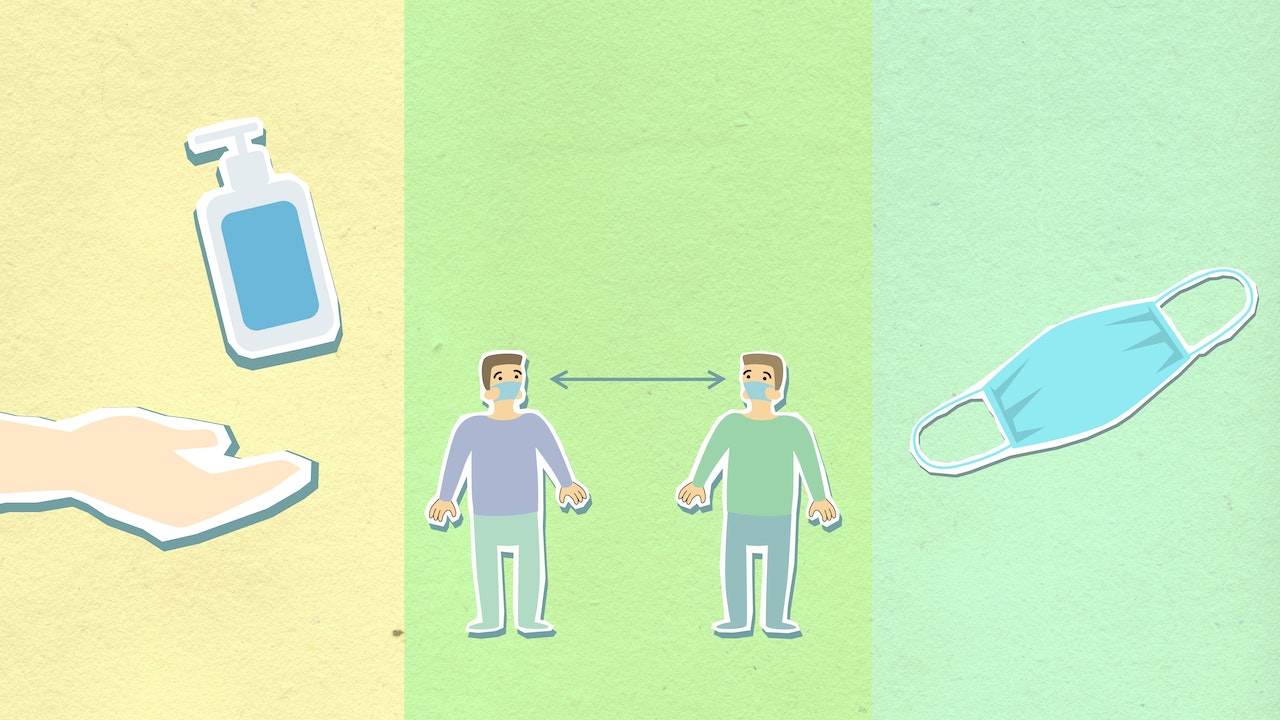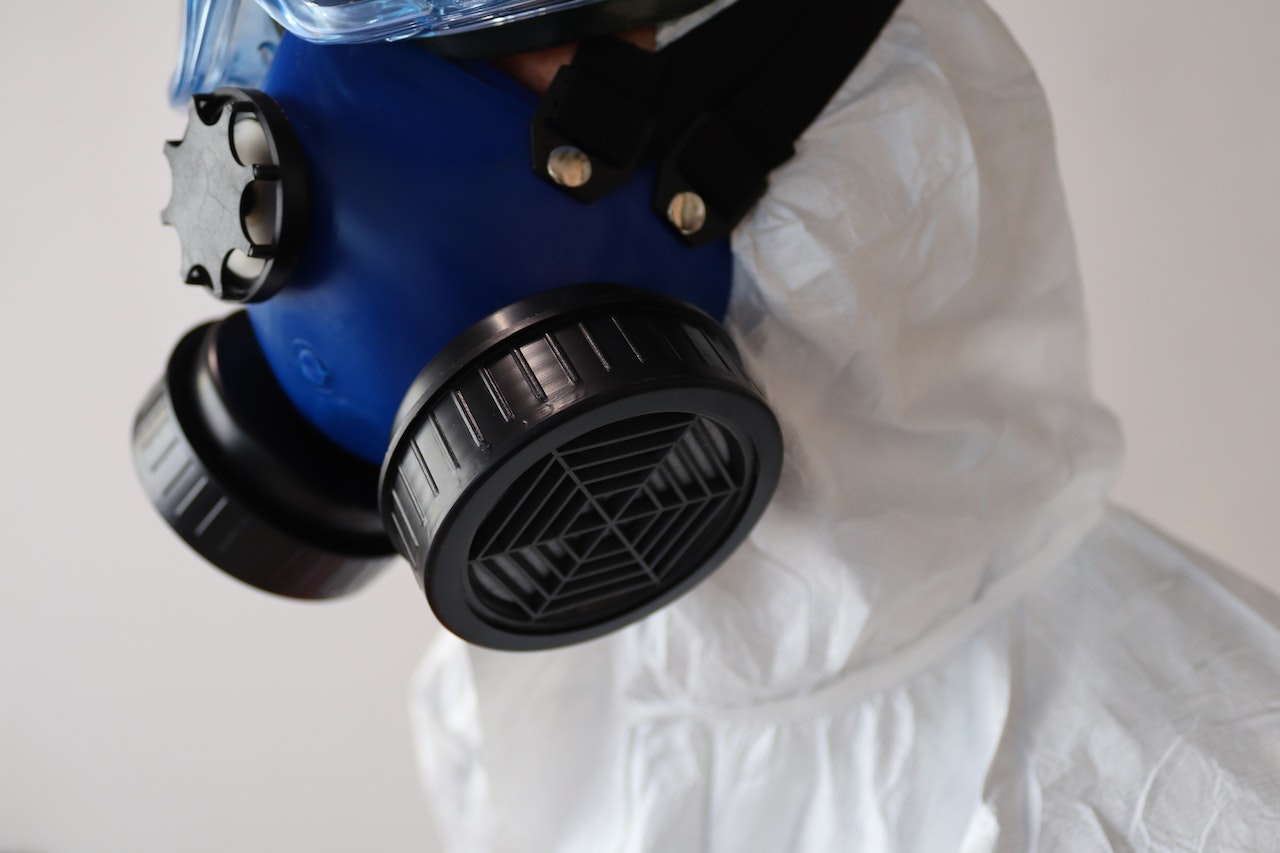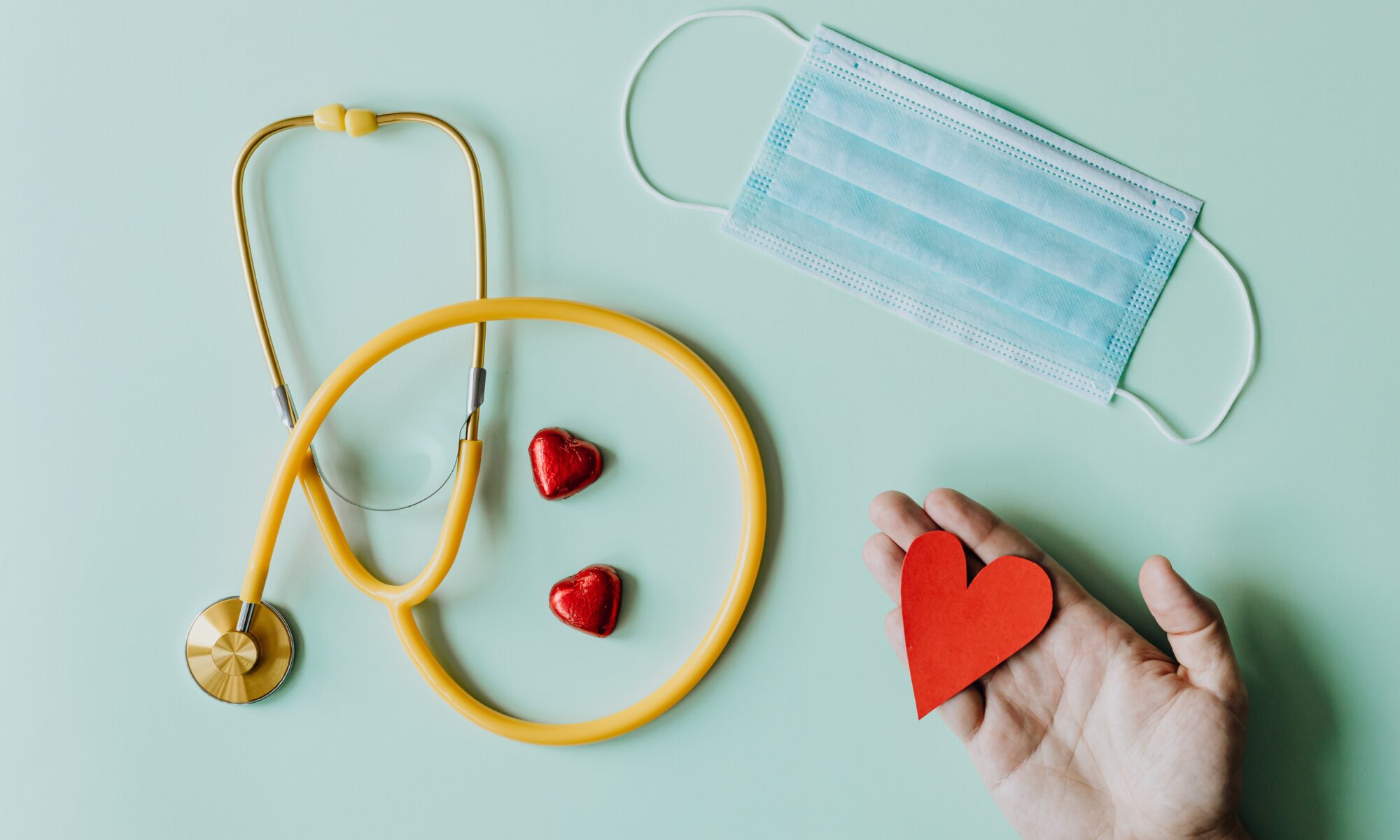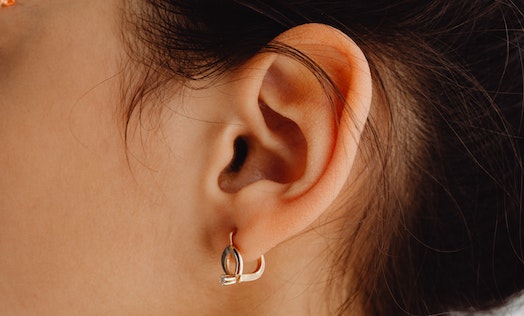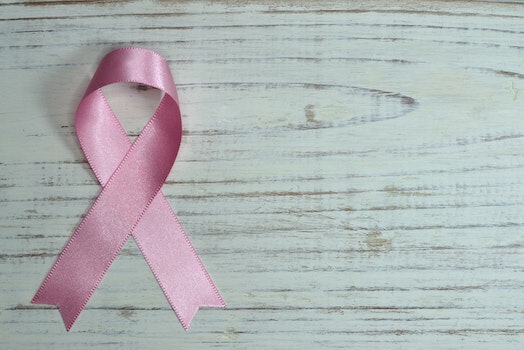As a health-conscious consumer, you may rely on food labels to inform you of what you put into your body. While it’s good practice to always read food labels, it may discourage you to learn that labels aren’t always transparent. Many labels are purposely complex — and spare — so as to hide the true nutritional value (or lack thereof) of the products within the packaging. So that you don’t fall victim to misrepresentations, it may be worth your while to learn how to interpret food labels accurately. Below are a few tips to help you out.
Always Check the Serving Size

If you rely on food labels to tell you how much of any given ingredient is in a certain product, it’s crucial that you don’t rely on the numbers alone. First, check out the serving size information.
Most packaged foods contain more than one serving. For instance, a can of soup typically contains two servings. A box of Cheez-Its contains 12 servings. You can generally find both the serving size and the number of servings per container at the top of the food label. The nutritional values listed next to each ingredient apply to each serving, not the entire container. So, if a serving size of soup is half a can and you eat the whole can, you consume twice the amount of calories, fat and nutrients listed on the label.
Double Check the Calorie Count

In addition to highlighting serving size, most food labels like to draw attention to calorie counts. Because calories provide a measure of energy you gain from a serving of food — and because they directly contribute to weight goals — many health-conscious consumers strive to control the number of calories they consume on a daily basis. If you’re one such consumer, compare the advertised calorie count with the serving size. If a package asserts that the contents within contain 120 calories but the container contains 4 servings, the actual calorie count is 480.
Calculate % Daily Value

The % daily value refers to the percentage of the daily value of nutrients that each serving contains. More specifically, these values tell you how much a food or beverage contributes to your daily diet. The DVs are merely recommendations for how much of a particular ingredient you should consume or not exceed each day and are based on a 2,000-calorie-per-day diet. For example, if a food contains 3% cholesterol, it provides 3% of the total amount of cholesterol a person who needs 2,000 calories a day should consume.
The DV percentages can help you assess just how nutritional or non-nutritional a food or beverage is. DVs of 5% or less are low in nutrients. DVs of 20% or more, on other hand, have a high nutrient count per serving. That said, whether a food is good for you depends on which ingredients have high DVs. Foods with high % daily values of vitamin D, iron, calcium, fiber and potassium are nutritious. Foods that are high in sodium, saturated fats and added sugars, however, are not.
Ignore Front-of-Box Labels

If you take anything away from this article, let it be this: Ignore all the claims and assertions on front-of-box labels. Front labels are not regulated and often use misleading — and sometimes downright false — health claims to lure health-conscious consumers into making impulse purchases. If you think you are above falling for these tactics, know that research indicates that front-of-box health claims convince an overwhelming majority of people to purchase a product.
Manufacturers are tricky with their food labels. If you are serious about building and maintaining a healthy lifestyle, you need to outsmart them by learning how to read labels accurately.



